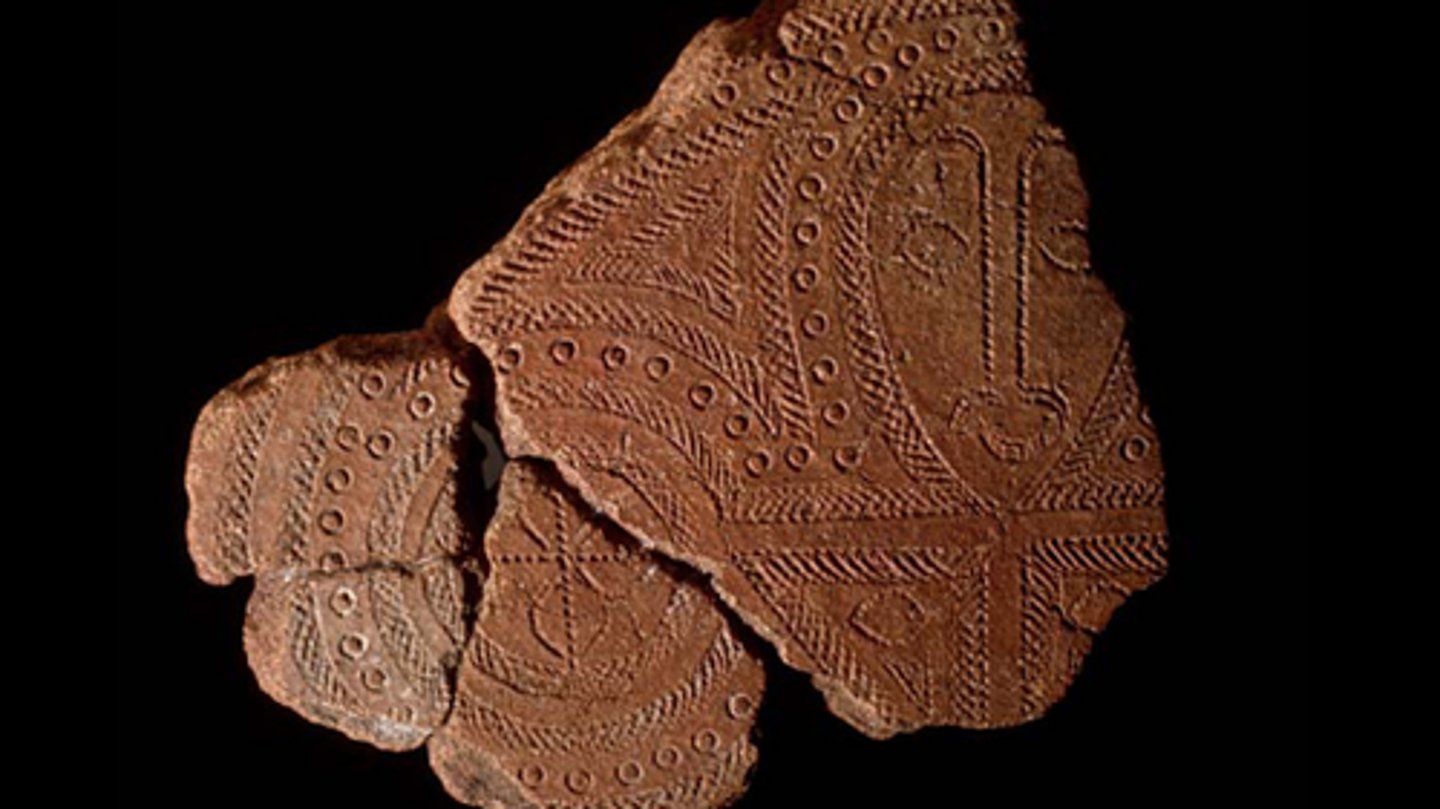AP Art History Unit 1: Global Prehistory
1/10
There's no tags or description
Looks like no tags are added yet.
Name | Mastery | Learn | Test | Matching | Spaced |
|---|
No study sessions yet.
11 Terms
Apollo 11 Stones
ROO: Namibia
DOC: 25,000 BCE
Material: Charcoal on stone
- animal like figures w/human legs
- paleolithic
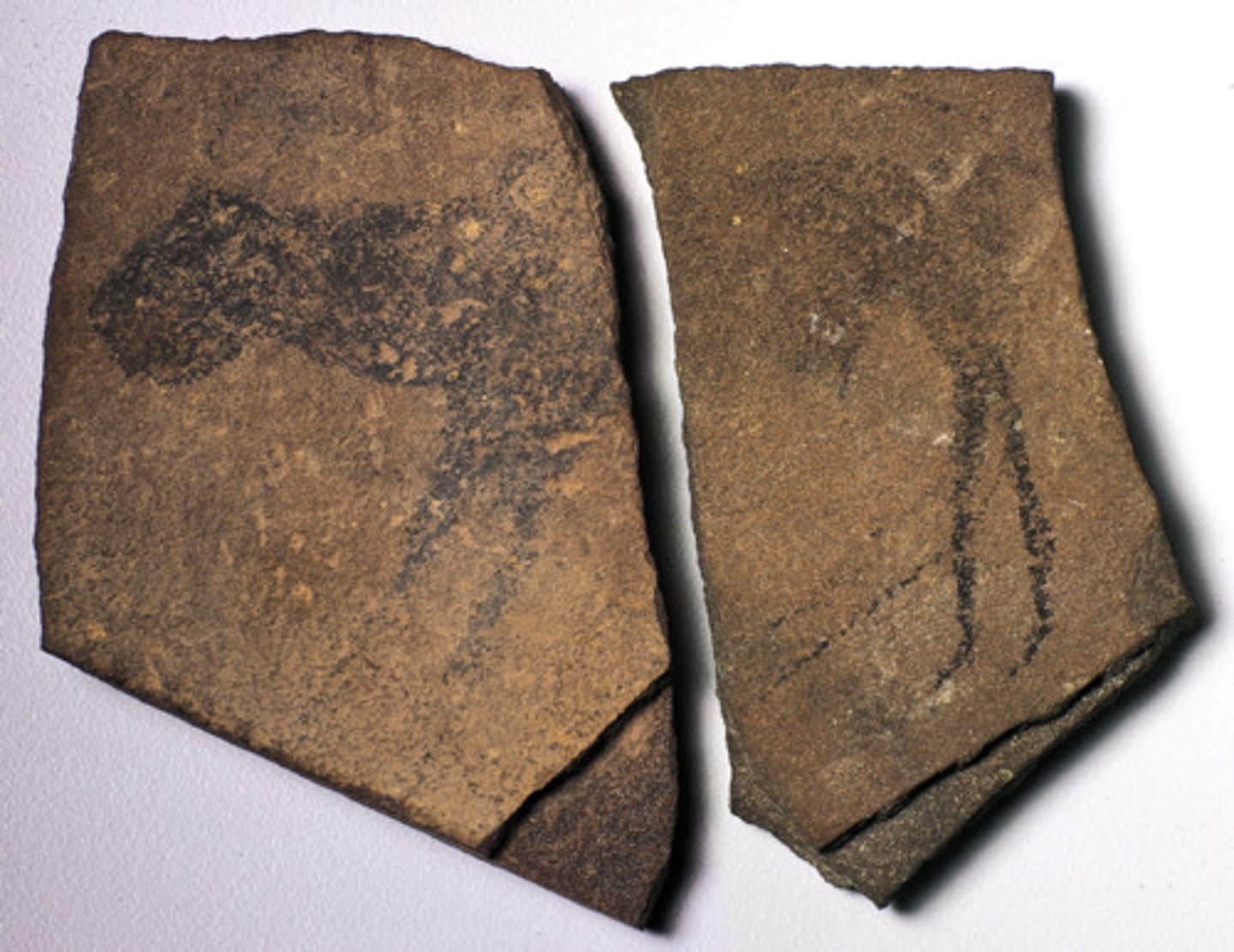
Lascaux Cave (Great Hall of Bulls)
ROO: Lascaux, France
DOC: 15,000-13,000 BCE
Material: Charcoal, ochre
- paleolithic
- series of caves containing horses, deer, bison, etc.
- decorate upper ceiling
f(x):
- may serve as ritual to encourage successful hunt
- scale of work --> intentionally made
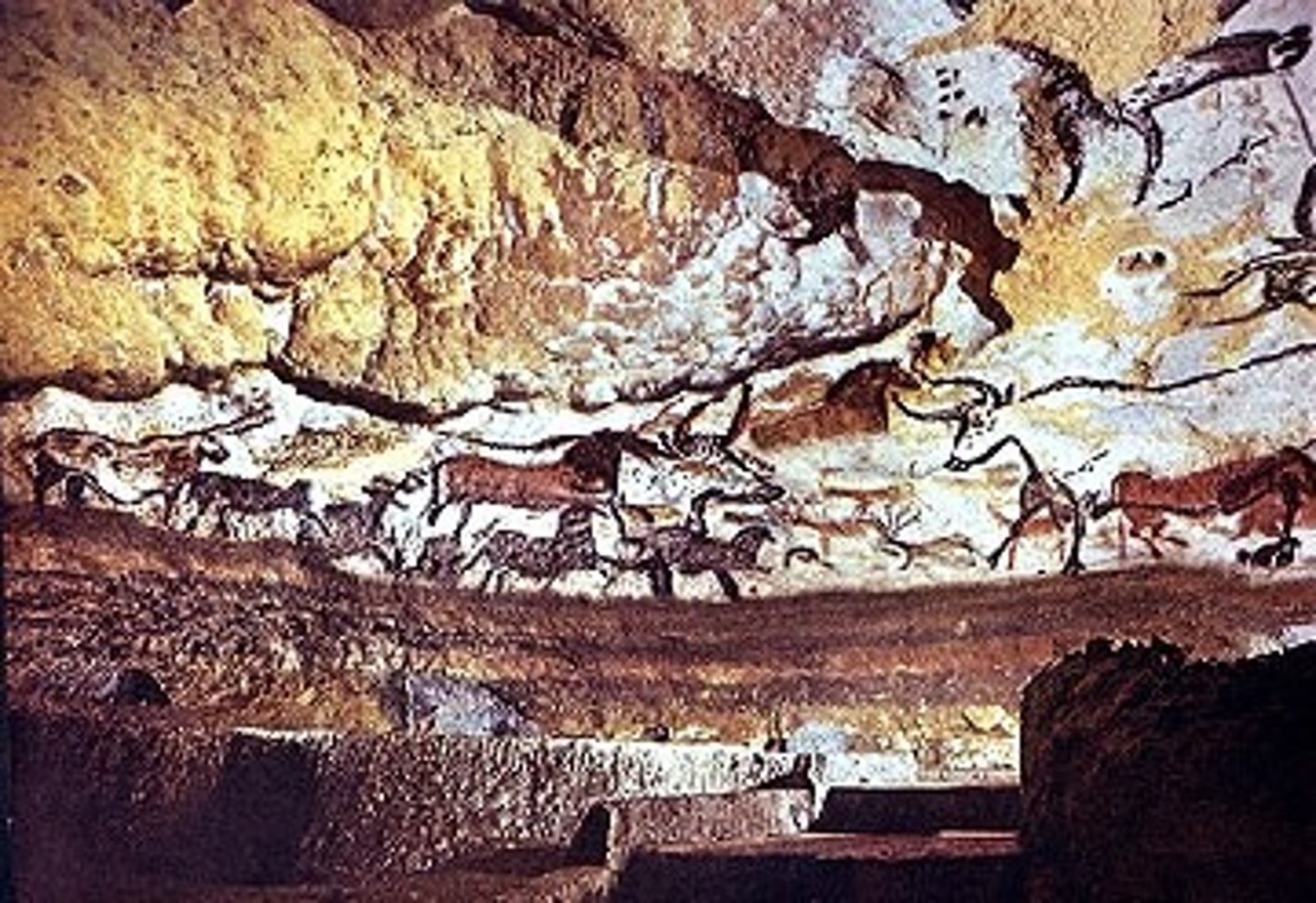
Camelid Sacrum in the Shape of a Canine
ROO: Mexico
DOC: 14,000-7,000 BCE
Material: Sacrum bone from a camelid
- paleolithic
- dog or pig head
- carved w/sharp instrument
f(x):
- unknown
- theory that it's divine b/c sacrum is near reproductive organs
- theory is unsupported, no evidence
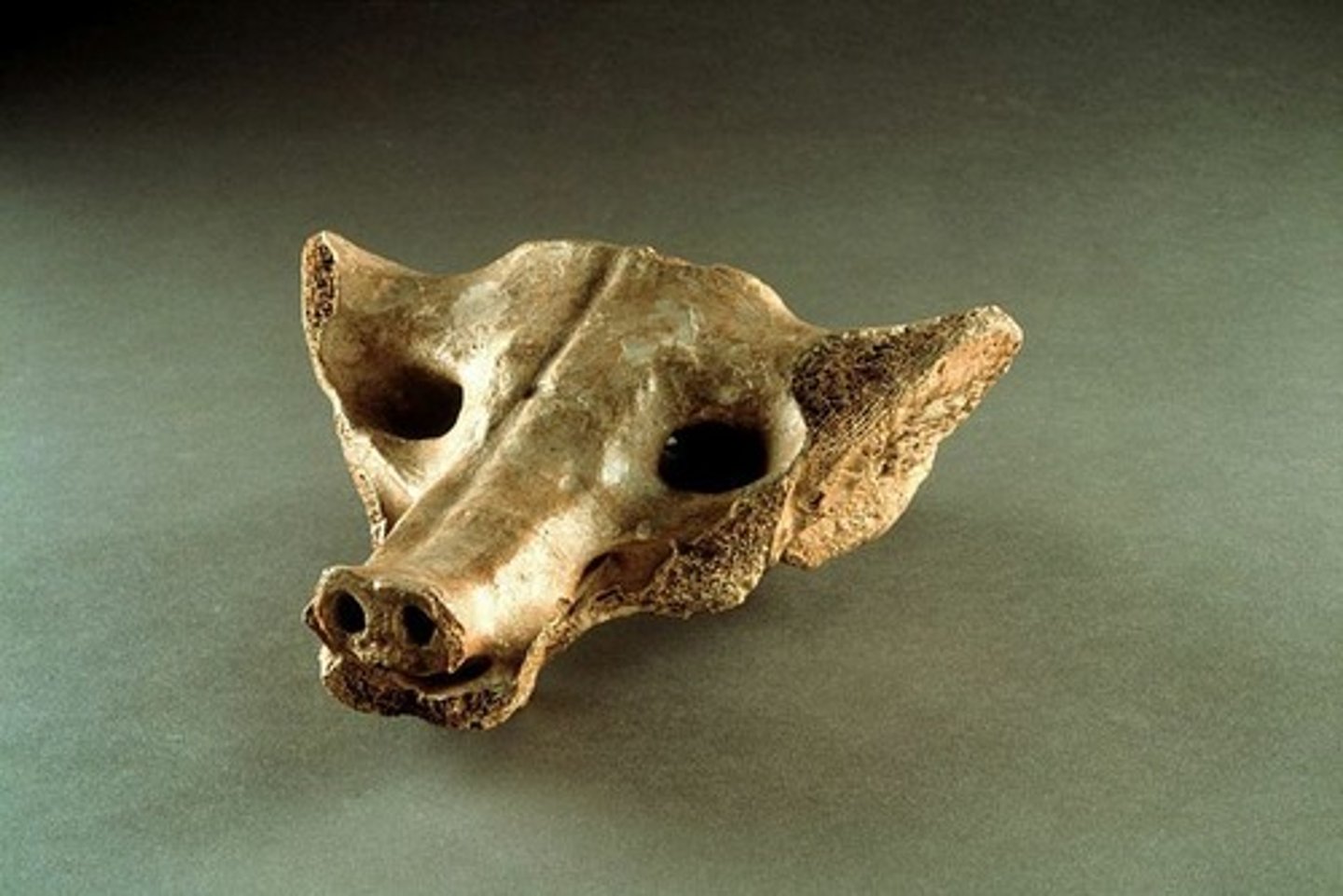
Running Horned Woman
ROO: Algeria
DOC: 6000-4000 BCE
Material: natural pigment on rock surface
- neolithic
- looks like 1/2 woman, 1/2 bull
- twisted perspective
- horns/dots/clothes/amulet of the woman suggest it was a god/goddess
f(x):
- rituals/ceremonies
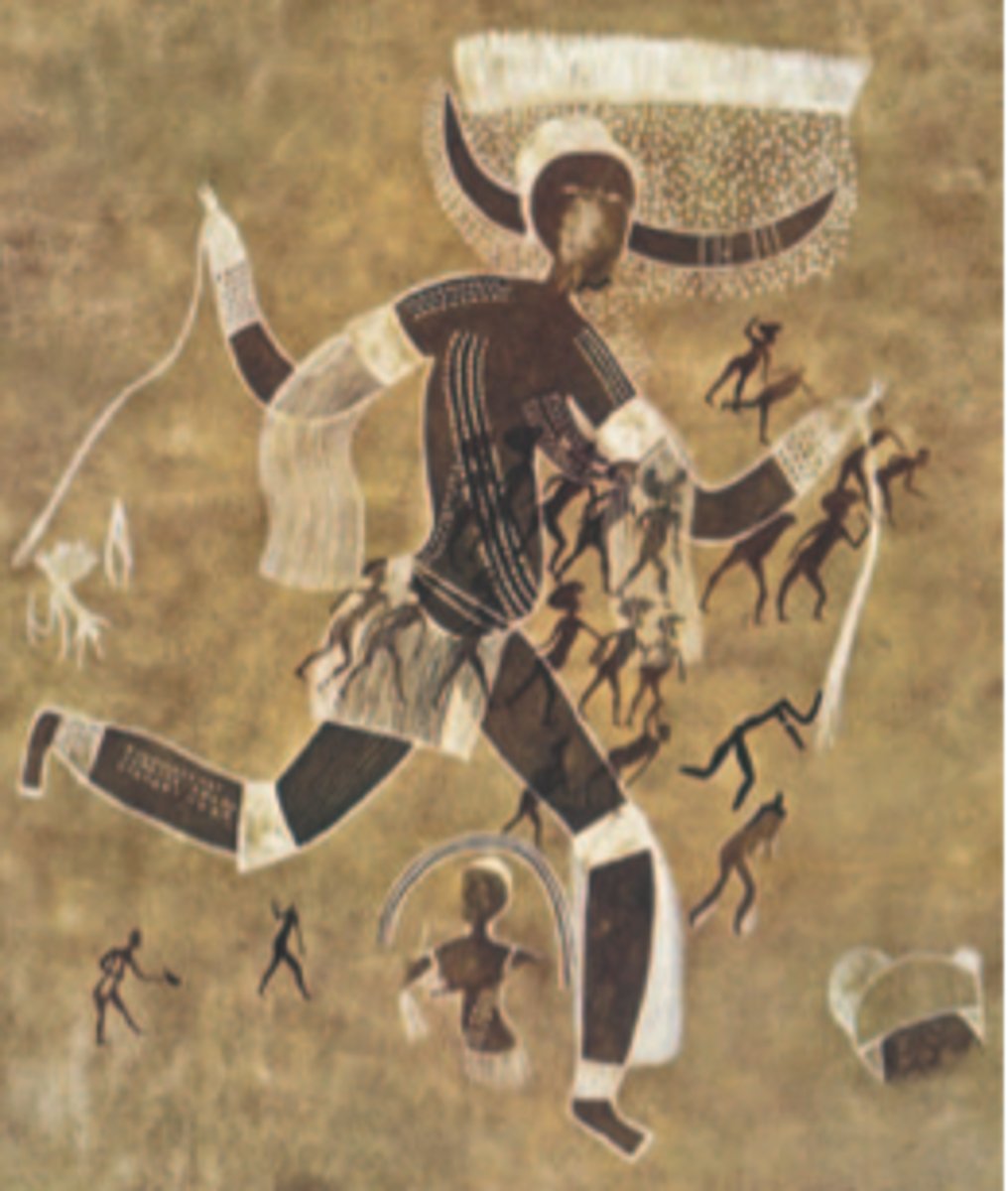
Bushel w/Ibex Motifs
ROO: Susa, Iran
DOC: 4200-3500 BCE
M: painted terracotta
- neolithic
- decorative motifs (geometric shapes, lines, mountain goats, birds, dogs)
- likely made as funerary object
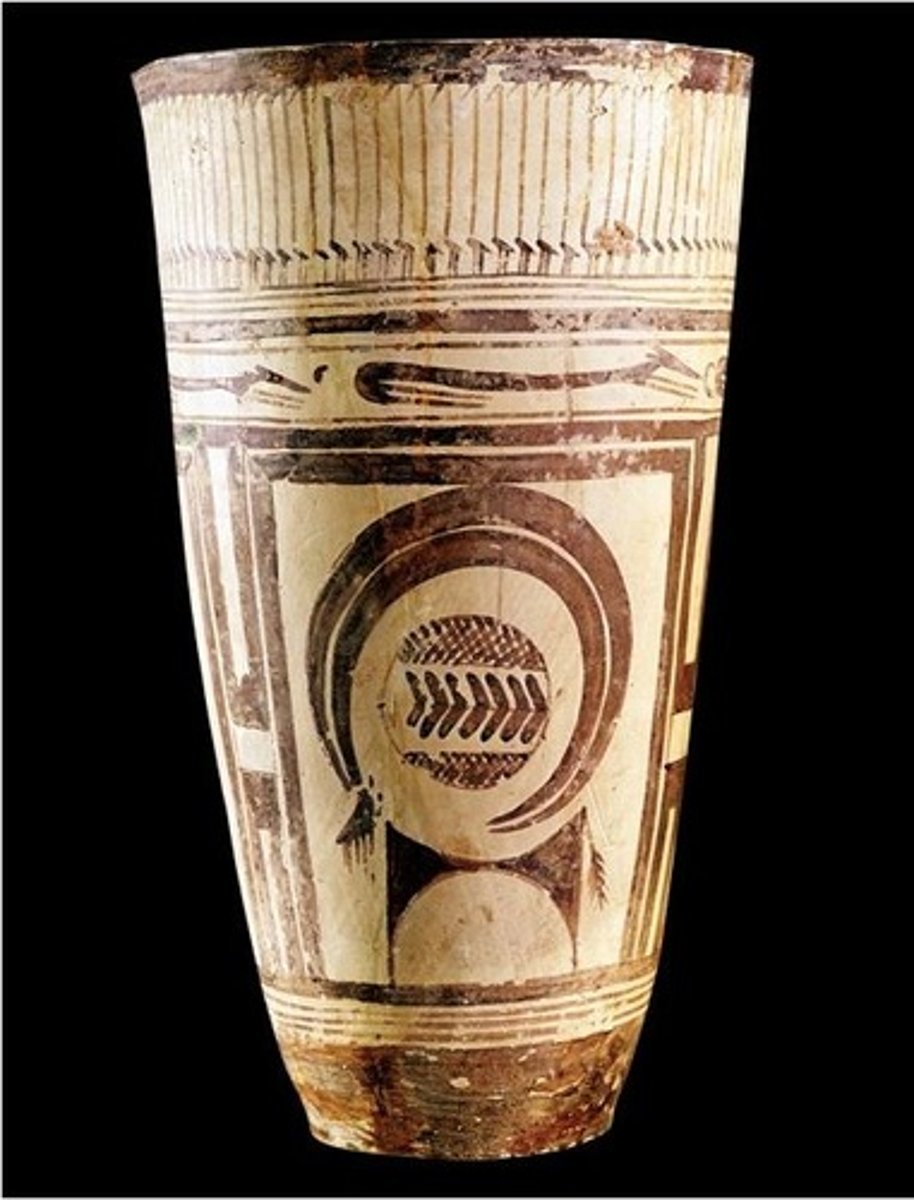
Anthropomorphic Stele
ROO: Arabian Peninsula (modern day Saudi Arabia)
DOC: 4,000-3,000 BCE
M: Sandstone
- neolithic
- tall standing stone
f(x):
- think linked to religion/burial
context:
- one of many found along the arabian peninsula, shows ideas and people moved along early even across long dist
- shows long b4 islam ppl made figured pieces + used them in rituals

Jade Cong
ROO: Liangzhu caves, China
DOC: 3300-2200 BCE
M: carved jade
- neolithic
- made by hard, abrasive sand to grind/polish the stone
f(x):
- unknown
- sacred ritual object used in burials
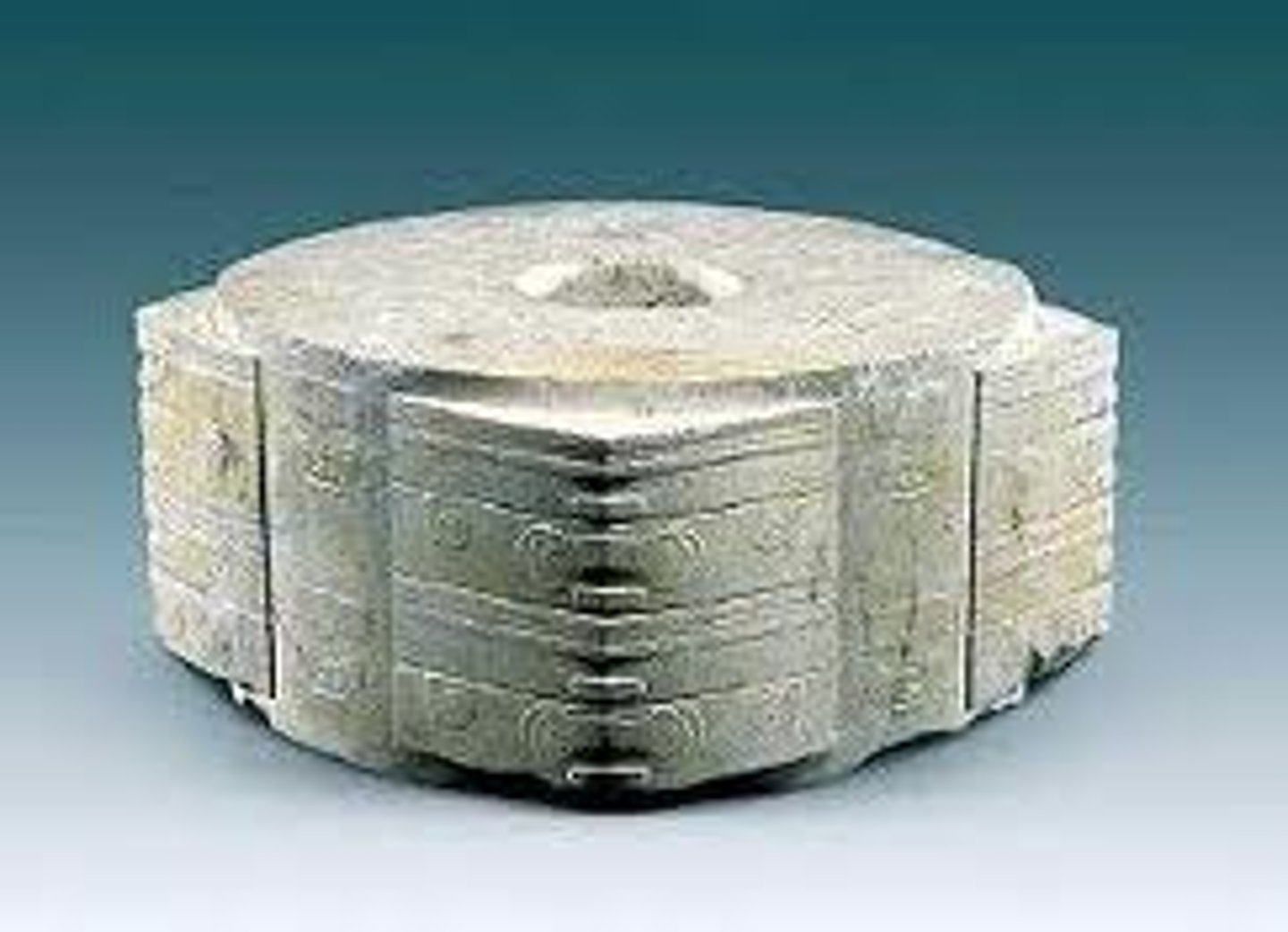
Stonhenge
ROO: England
DOC: 2550-1600 BCE
M: Stone
- neolithic
f(x):
- unknown
- cxn btwn the monument and solar lunar calendar (solstices' sunrise/sunset are framed exactly by the monument)
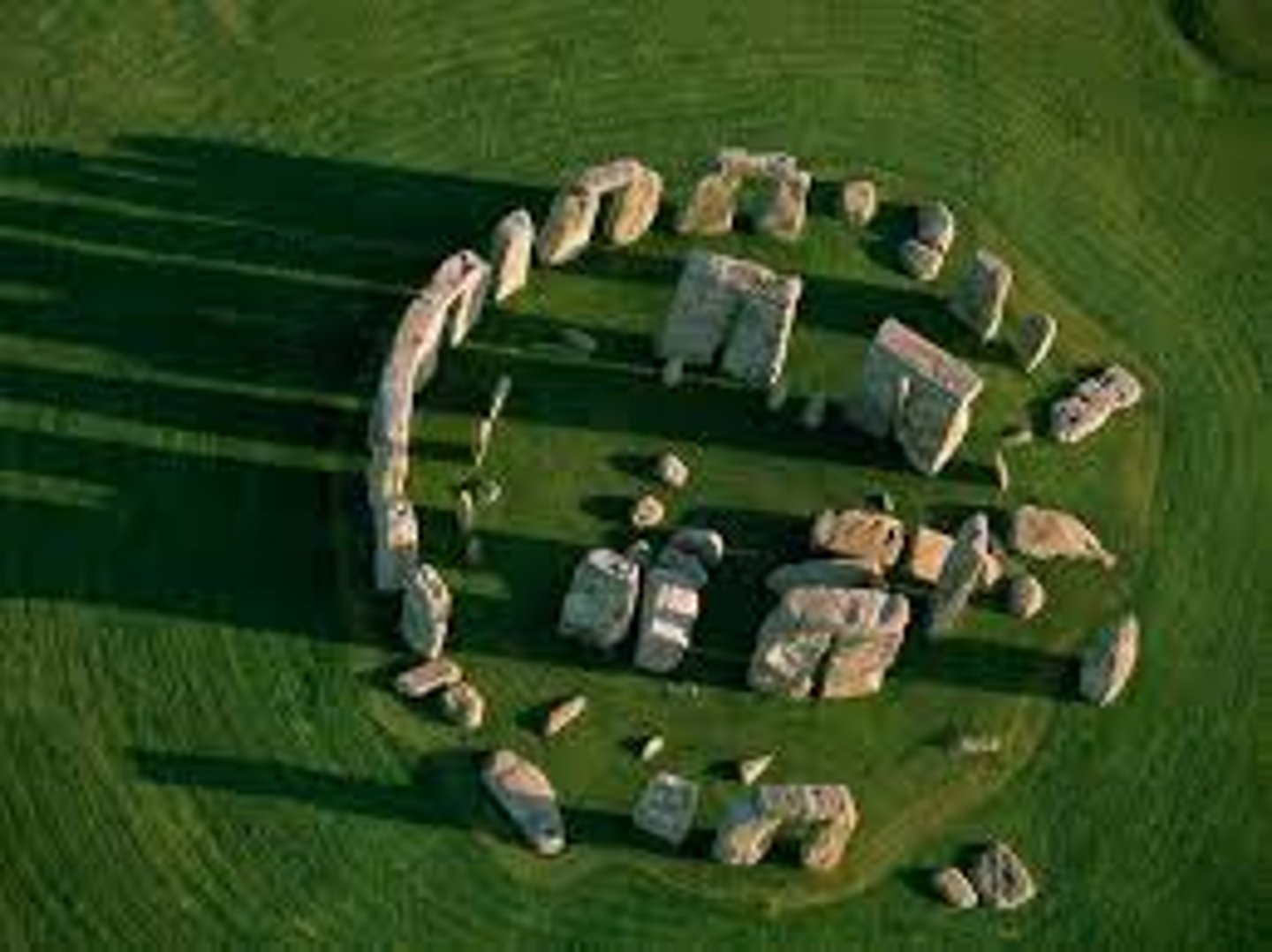
Ambum Stone
ROO: Ambum Valley, Papua New Guinea
DOC: 1500 BCE
M: Stone
- paleolithic
- made by Enga people
- resembles echidna
- free standing head/neck
- cupped belly
f(x):
- likely for a ritual pestle used for grinding food
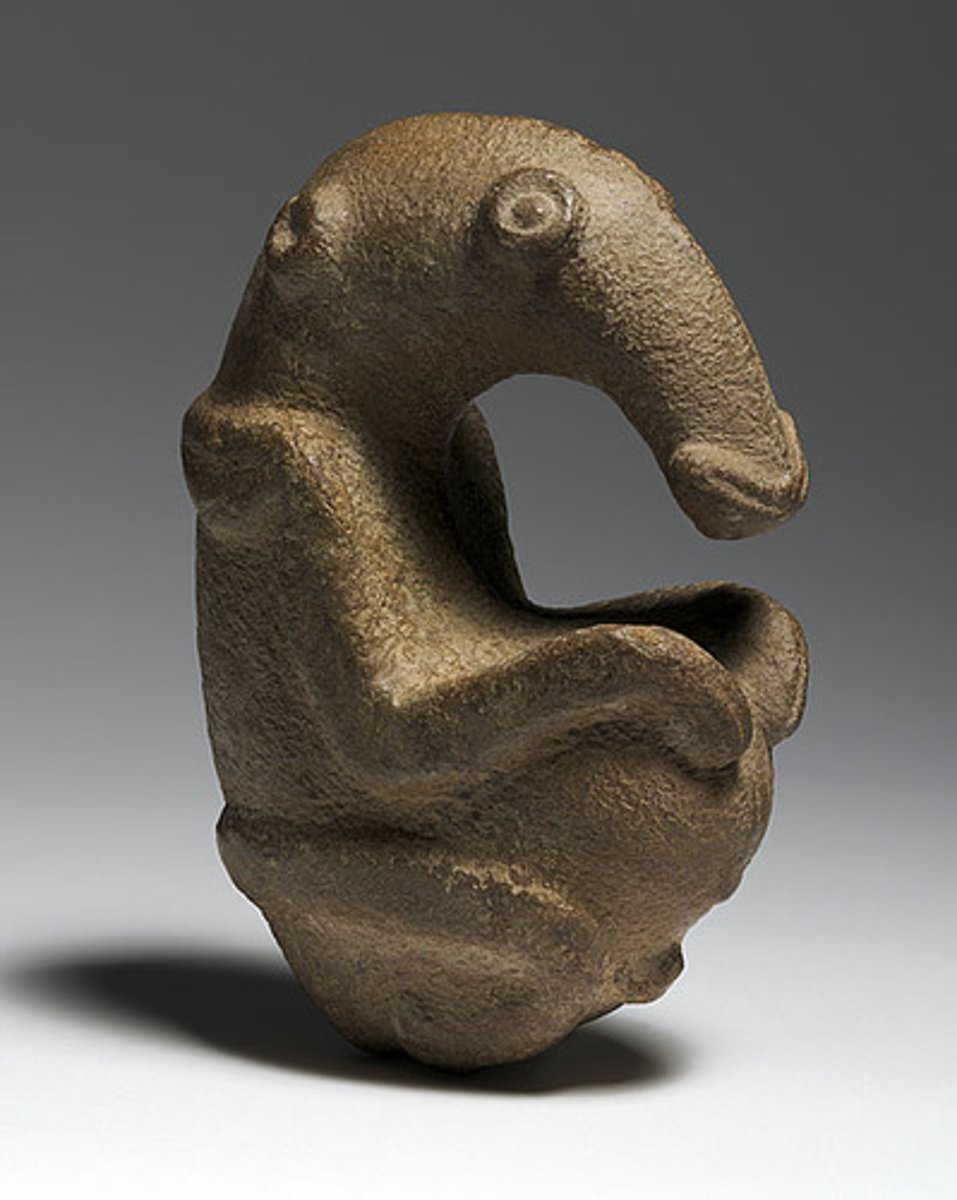
Tlatilco Figure
ROO: Central Mexico
DOC: 1200-900 BCE
M: Ceramic + pigment
- neolithic
- emphasis on hair
- exaggerated hips, stumps of arms
- 2 faces
f(x):
- unknown, but thought of as a symbol of fertility b/c of hips
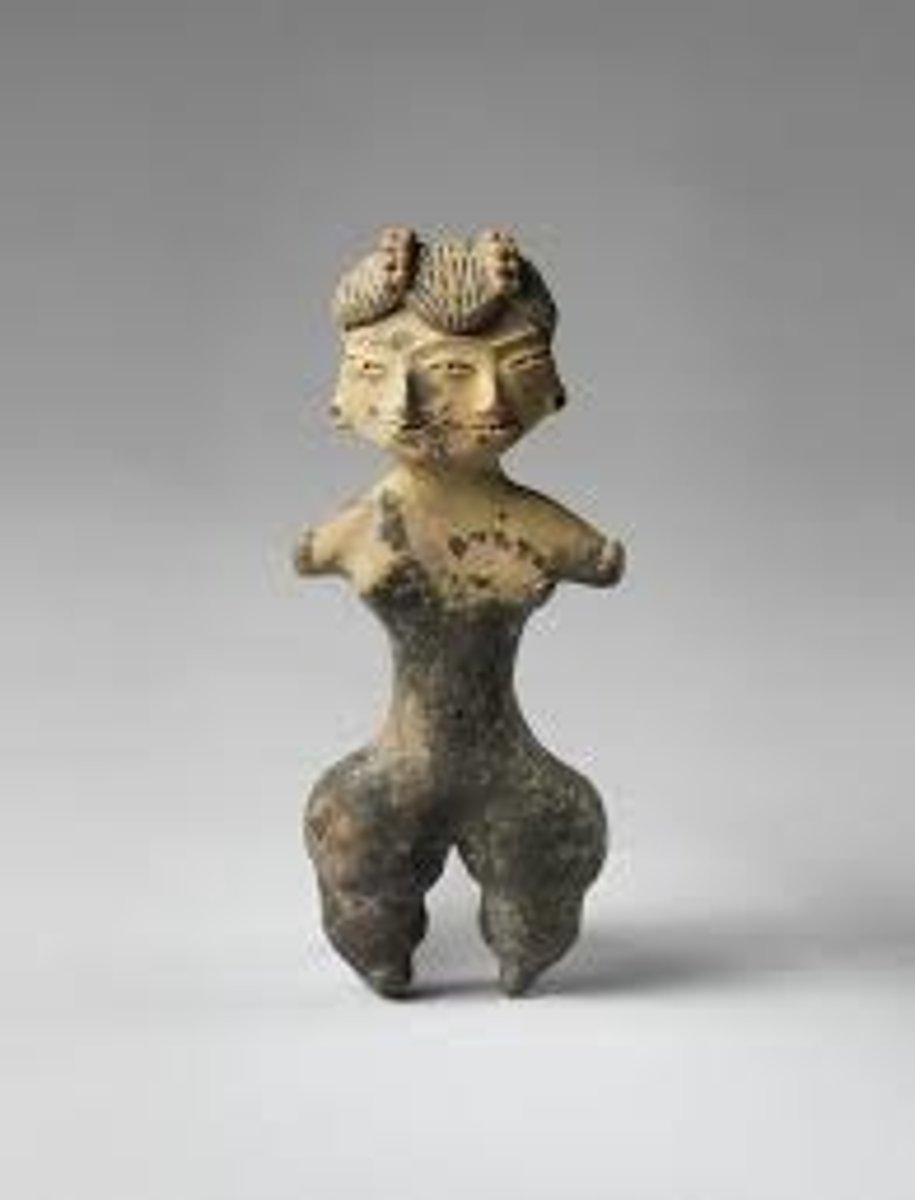
Lapita Terracotta Fragments
ROO: Santa Cruz Islands, Solomon Islands
DOC: 1000 BCE
M: Terracotta
- neolithic
- made by Lapita ppl
- stamped+incised motifs that adhere to a very reg. structure + repeated sets of specific patterns
- pieces found spanning thousands of miles across Pacific
